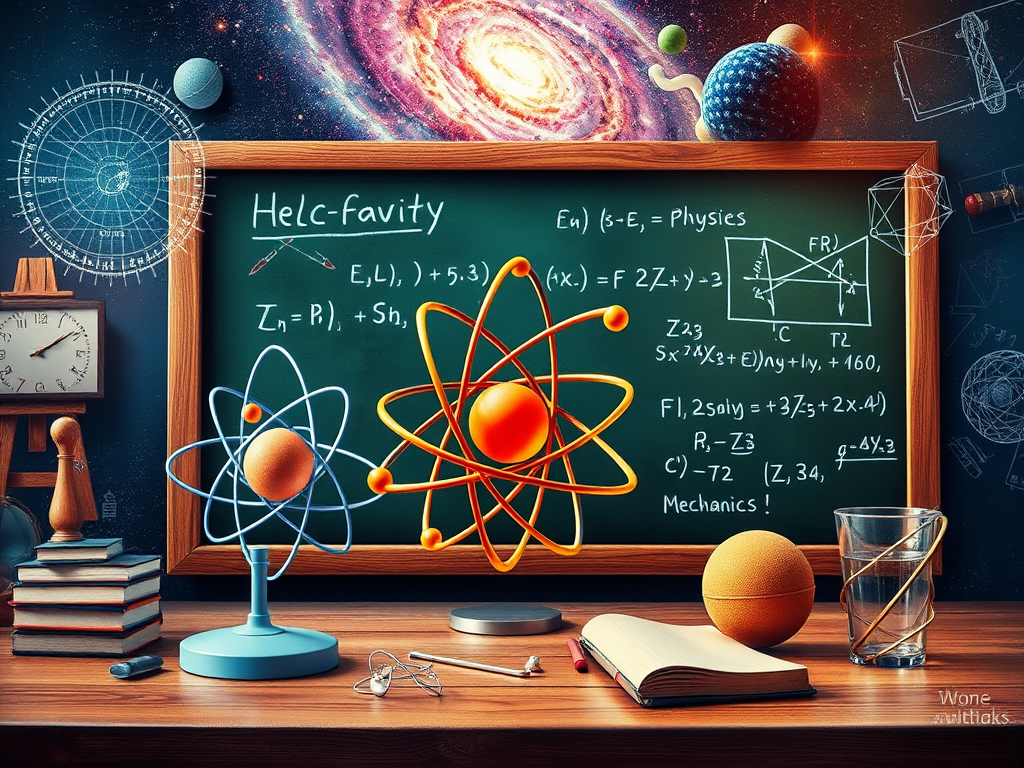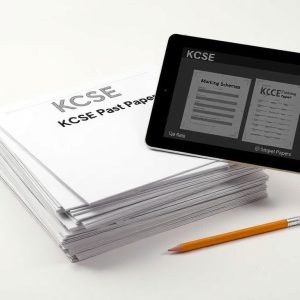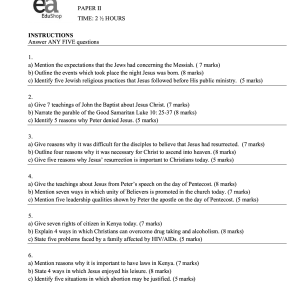Description
The document titled “KCSE MOCK-PHYSICS PAPER 3 QA MODEL” is designed for students preparing for the Kenya Certificate of Secondary Education (KCSE) practical examination in Physics. This paper provides a comprehensive assessment of students’ practical skills and understanding of physics concepts through structured experiments and data analysis.
Overview of the Document
Instructions to Schools
The document begins with specific instructions intended for the head of the school and the Physics teacher. Key points include:
- The information is confidential and should not be disclosed to candidates.
- A list of required apparatus for each candidate is provided to ensure adequate preparation for the practical examination.
- The teacher is responsible for ensuring that the apparatus meets specified requirements.
- The question paper must not be opened in advance, and teachers should refrain from performing the experiments themselves.
Apparatus Required
Each candidate is expected to have access to the following apparatus for the practical examination:
- Electrical Experiment:
- Centre zero galvanometer
- Size D dry cell and cell holder
- Switch
- Connecting wires with crocodile clips
- Nichrome wire and resistance wire mounted on a millimeter scale
- Carbon resistors
- Jockey or crocodile clip
- Micrometer screw gauge
- Mechanical Experiment:
- Spiral spring with a specific spring constant
- Complete stand
- Metre rule
- 100g mass
- Knife edge and wedges
Structure of the Practical Examination
The document consists of two main sections, each containing a series of practical tasks that students must perform and record their observations.
Section 1: Electrical Experiment
- Circuit Setup: Candidates are instructed to set up a circuit with a galvanometer and conduct experiments to determine the effective resistance of various combinations of resistors in parallel.
- Data Recording: Students are required to measure and record the lengths of wire corresponding to zero deflection on the galvanometer, complete a data table, and calculate the effective resistance.
- Graphing: Candidates must plot a graph of 1a\frac{1}{a} (y-axis) against 1X\frac{1}{X} (x-axis) and determine the slope of the graph to find the resistance RR.
- Resistivity Calculation: By measuring the diameter and length of the nichrome wire, students calculate its cross-sectional area and subsequently its resistivity.
Section 2: Mechanical Experiment
- Centre of Gravity Determination: Candidates are tasked with determining the center of gravity (c.o.g) of a metre rule using a knife edge.
- Spring Constant Measurement: Using a 100g mass, candidates adjust the position of the pivot and measure the extension of the spring.
- Data Recording for Multiple Positions: Students record the length of the coiled part of the spring and the distance from the pivot for various pivot positions.
- Graphing: A graph of hh (y-axis) against 1d\frac{1}{d} is plotted to analyze the relationship between the height and the distance.
- Calculating Weight and Spring Constant: Students calculate the weight of the metre rule and the spring constant based on their measurements.
Marking Scheme
The document includes a marking scheme for each question, indicating the maximum score for each part of the practical tasks, allowing for clear assessment criteria.




Reviews
There are no reviews yet.